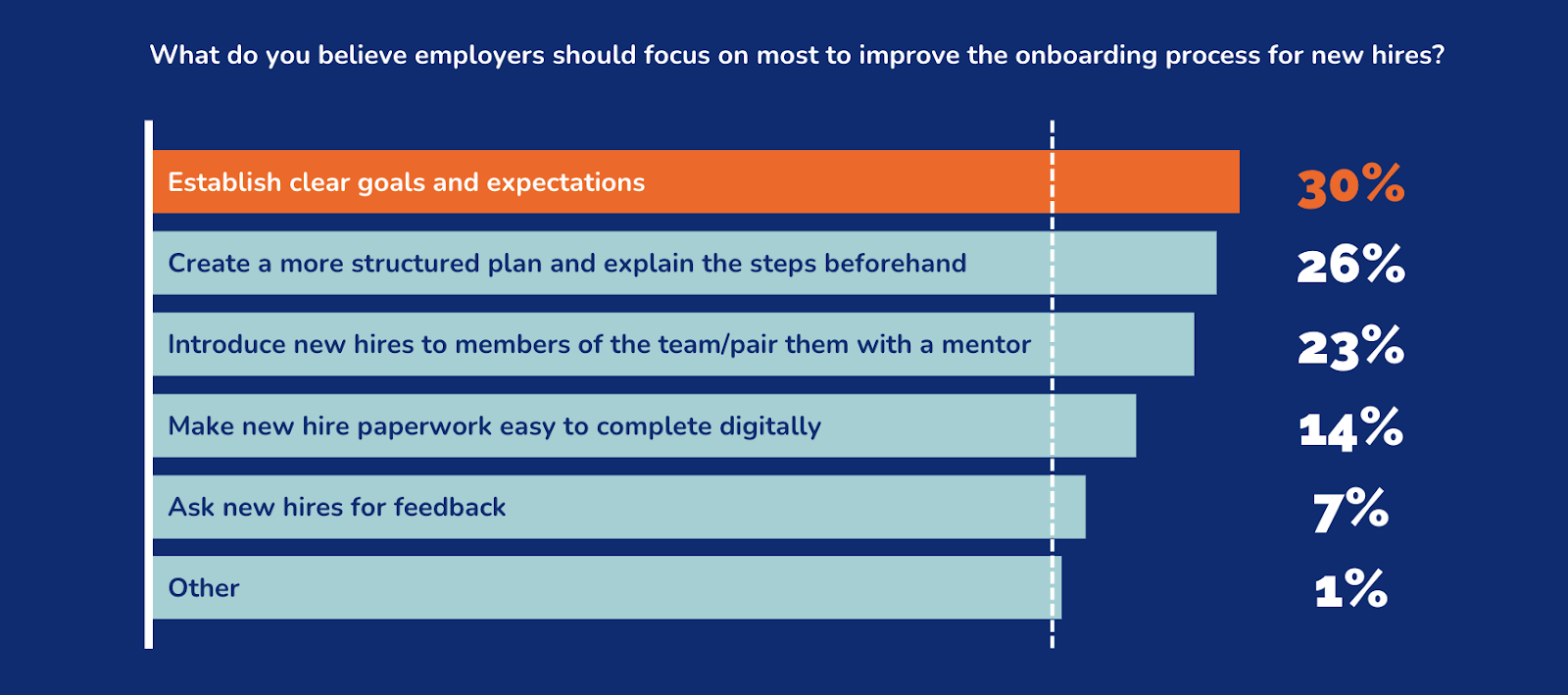STEP 4 and STEP 5 There are some subtle distinctions within Step 4, which leads into Step 5. What does it mean to make a fresh decisions even if you end up carrying out your original action? This is...
In this series, I will share ideas and activities to provide a practical context for Alexander�s 5 step process* as written in the chapter �Evolution of a Technique� in his book �The Use of the Self.�
The Use of the Self is considered by many as Alexander�s most accessible and practical text, and I have heard it referred to as the �textbook� that he wrote to support the teachers-in-training when he began group training in 1931. Up until that point, he had trained teachers in an apprenticeship fashion.
STEP 4 and STEP 5

"At this moment, the moment that had always proved critical for me because it was then that I tended to revert to my wrong habitual use, I would change my usual procedure and
4) while still continuing to project the directions for the new use I would stop and consciously reconsider my first decision, and ask myself �Shall I after all go on to gain the end I have decided upon and speak the sentence? Or shall I not? Or shall I go on to gain some other end altogether? � - and then and there make a fresh decision,"
5) either
not to gain my original end, in which case I would continue to project the directions for maintaining the new use and not go on to speak the sentence;
or
to change my end and do something different, say, lift my arm instead of speaking the sentence, in which case I would continue to project the directions for maintaining the new use to carry out this last decision and lift my hand;
or
to go on after all and gain my original and, in which case I would continue to project the directions for maintaining the new use to speak the sentence.�
There are some subtle distinctions within Step 4, which leads into Step 5. What does it mean to make a fresh decisions even if you end up carrying out your original action? This is more about your attitude and how it will influence your physicality, than it is about discrete motor action.
In steps 1 through 3, you have taken the time to allow a deeply ingrained pattern of action to pause and recede; and you have promoted a more refined, poised, efficient state of being. We typically assess the quality of balance, posture and movement to recognize the new, more beneficial set up.
Now, you are reintroducing the original activity, minus the full impact of your habit. You may do ultimately perform the original task but you will do it differently.
How you might learn and practice Step 4 and Step 5 in lessons
I often explore this step in relation to breath and sound with my students. I will have explored respiratory and vocal habits in earlier lessons. One action I encourage a student to practice inhibiting is the "taking a breath." Instead, I invite them to wait until the breath happens. We will have already explored exhalation with no vocal activity, whispered and voiced sounds. To practice step 4, my student begins the exhale, practicing steps 1 through 3 and after beginning the exhale, decide in the moment what vocal task to perform (remain silent; sing; speak; sigh; whisper; make loud sounds, whistle; hiss; etc.). This is the decision, before action. Step 5 is the action
How you might learn and practice Step 4 and Step 5 on your own
When ordering dinner from a restaurant menu, you could reconsider your first choice, take yourself through the process of Alexander's directions, and consider what you want to taste, how you want to feel immediately after eating it and how you want to feel in an hour, overnight, and the next day. Then, when it's your turn to order, you could ask the waiter to come back to you, or order what you originally wanted, or decide between multiple items.
During your own lie-down, you could work with bending or extending your leg. After step 3, as you are moving into the moment of action, you can follow through, do nothing, or do something else (move the other leg, move an arm; make sound; move your head). What makes it step 4 and 5, instead of just habitually doing the same thing, is what you are thinking and how that influences the action.
*From the chapter Evolution of a Technique in Alexander�s third book Use of the Self
Supposing that the �end� I decided to work for was to speak a certain sentence, I would start in the same way as before and
1) inhibit any immediate response to the stimulus to speak the sentence,
2) project in their sequence the directions for the primary control which I had reasoned out as being best for the purpose of bringing about the new and improved use of myself in speaking, and
3) continue to project these directions until I believed I was sufficiently au fait with them to employ them for the purpose of gaining my end and speaking the sentence.
At this moment, the moment that had always proved critical for me because it was then that I tended to revert to my wrong habitual use, I would change my usual procedure and
4) while still continuing to project the directions for the new use I would stop and consciously reconsider my first decision, and ask myself �Shall I after all go on to gain the end I have decided upon and speak the sentence? Or shall I not? Or shall I go on to gain some other end altogether? � - and then and there make a fresh decision,
5) either
not to gain my original end, in which case I would continue to project the directions for maintaining the new use and not go on to speak the sentence;
or
to change my end and do something different, say, lift my arm instead of speaking the sentence, in which case I would continue to project the directions for maintaining the new use to carry out this last decision and lift my hand;
or
to go on after all and gain my original and, in which case I would continue to project the directions for maintaining the new use to speak the sentence.








